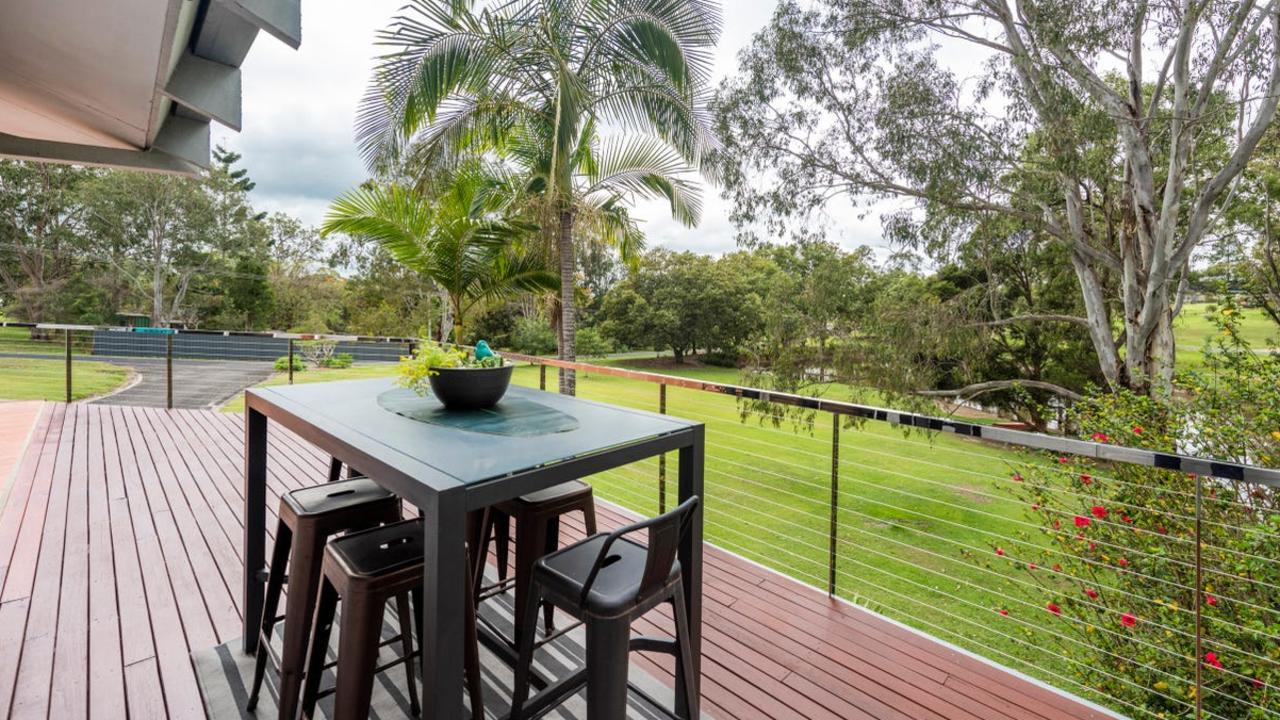Regional visa program policy 'light on detail'
A PLAN to increase the amount of time migrants would need to spend living in regional Australia to qualify for permanent residency has been met with scepticism
Grafton
Don't miss out on the headlines from Grafton. Followed categories will be added to My News.
CHANGES to regional visa programs intended to encourage more migrants to regional Australia have been met with a level of scepticism by those who say the policy is light on detail.
The Federal Government last week announced an increase in the amount of time migrants would have to spend, living in regional Australia to be eligible for permanent residency.
This came with an additional 8500 places allocated under the skilled employers sponsored regional visa and state and territory sponsored visa.
Chair of Language Other than English Together with Us (LOETUS), Rathi Ramanathan, questioned the ability of the Government to keep migrants living and working in regional Australia.

"If the powers that be want migrants to stay in regional towns, to ease the pressure on cities, then we need to see what that really looks like," she said.
"They (the government) cite skills shortages as a reason for encouraging migrants to move to the regions but we need to know exactly what skills shortages they are referring to.
As service manager for North Coast Settlement Service, Cheryl Nolan helps migrants make positive transitions into the region and explained there needed to be effective planning if governments were to be successful in keeping migrants in regional Australia.
"Scott Morrison just announced these policies to try and have people settle in the regions but without having proper infrastructure and the support of the all areas of government we won't be able to keep them here," she said.
Ms Nolan noted the success of settlement programs in Coffs Harbour relied heavily on the quality of existing infrastructure and this was key to encouraging migrants to live and work outside of the cities.
"Coffs Harbour is a refugee welcome zone and in addition to having settlement services, there is success because of the housing, employment and education options," she said.
"Regional towns often ask how they become a refugee welcome zone, but it takes all levels of government working together and saying 'we want this'.
"Then they have to create opportunities to get the education and jobs they (new migrants) need."
Ms Ramanathan is passionate about the importance of the community support for migrant populations, and said the Clarence Valley could learn from places like Alice Springs, Darwin and Byron Bay.
"Alice Springs has an office staffed by migrants, with a big sign that reads 'welcome migrants' and, as a person of colour, it makes you feel welcome."
"Non-migrants often don't understand that you are born with social capital in the form of your family, friends and neighbourhood.
"Migrants often come with nothing and have to build that social capital from scratch, and sometimes the best initial source is another migrant with shared experiences."
Originally published as Regional visa program policy 'light on detail'


